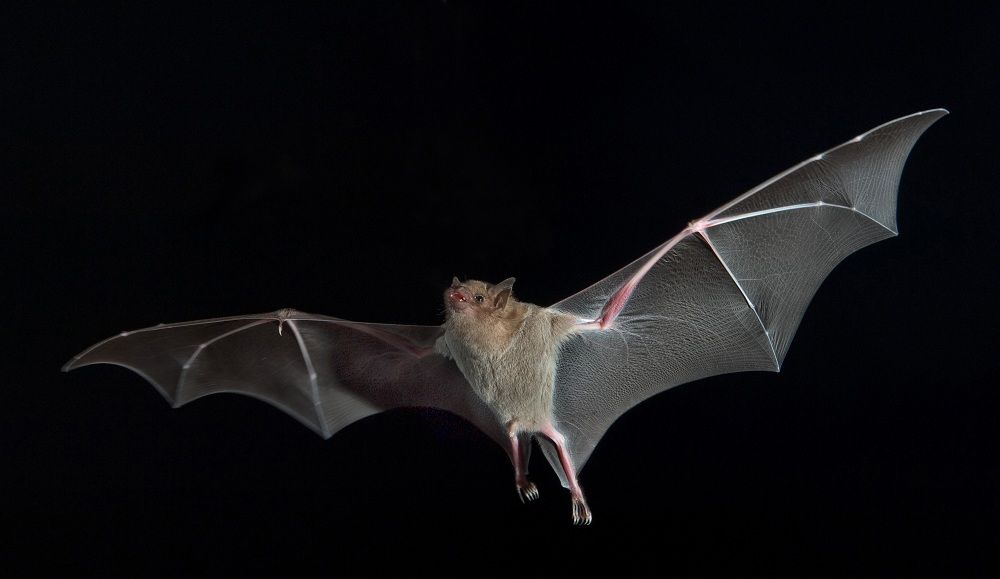TAIL SLAPPER
When it comes to choosing a subject each week, there are times I don’t know what that topic will be until I see something, overhear people talking or someone asks me a question. So, while fishing last week I passed an old Beaver dam I fish around occasionally and that gave me the idea to write about Beavers this week. But first, I’d like to share an experience I had near that Beaver dam and then give some information on Beavers. Early one morning last year as the sun was just appearing over the trees, I was fishing for Perch near that old, deserted beaver dam, with a light mist coming off the water. I truly can’t explain how peaceful it was but have any of you ever drifted into a dream like state while looking at the water? Well, here I was staring at my bobber totally relaxed, until the water exploded about 20 feet from my boat. Saying it startled me, doesn’t come close to describing how much my heart rate jumped and all I saw was ripples in the water. At first, I thought it could be a Muskie, but then I spotted the Beaver that smacked the water with its tail by the dam I thought was deserted. The beaver was either telling me to leave, because it felt threatened or was telling other Beavers inside their dam house (GET IT?) a predator was close. I don’t know how many of you have heard a beaver’s tail hit the water, but let me tell you, IT’S A LOAD. So, what did I do? I reeled in, started my pontoon and left the area to give the Beavers their space and moved to another area away from the damn dam.
In the early 1900s, because of being over harvested and logging, beavers came close to being extinct in Wisconsin, but today, Beavers show a good northern population. They are the largest rodent in north America, usually weighing 30 to 65 pounds and including their tail, can be 4-foot long. Their small front feet have five toes that can hold sticks and twigs for gnawing and their much larger back feet have five webbed toes to help them swim. The leathery scaled and coarse haired tail that scared the s#@t out of me, can be 12 to 18 inches long, eight inches wide and is used as a rudder in the water. Their tail is also used for balance on land while standing upright.
Beavers fur is so thick it’s waterproof and helps them cope with cold water come winter. Beavers mate in Jan/Feb (WOULDN’T THAT BE A SIGHT) and normally have 3 or 4 (KITS) in May or June that can swim within 24 hours of being born and will stay with mom and dad that mate for life for two years, before heading out on their own. Beavers can stay under water for 10 to 15 minutes, but here are a few facts that I find incredible.
* Will mate for life
* Can see well under water but have poor vision on land.
* When under water they have a valve like feature in their nose and ears that close to keep the water out.
* They have three sets of eyelids with the third eyelid being transparent, so they can see and keep their eyes open while under water.
Beavers DO NOT eat wood as many people believe. They only eat the bark, twigs and leaves of down trees, but will also dine on aquatic vegetation, fruits, shrubs, grass and can consume bark from over 200 trees a year. They build a dam called a (LODGE) as a group, which is called a (COLONY), and this is where they store food before winter and these dams can be 15 feet wide and 5 feet high. Beavers do not hibernate but are less active in the winter. If they can break through the ice near the shoreline, they will come on land and eat bark off trees they can find. I think we all know beavers have big front teeth, but did you know, they chew on hardwoods to grind their teeth down? That is true because beavers’ teeth grow their entire life? Well, I hope you enjoyed this week’s subject, and I will say, the fishing has always been good by that Beaver dam, but now I keep my distance, kind of.




